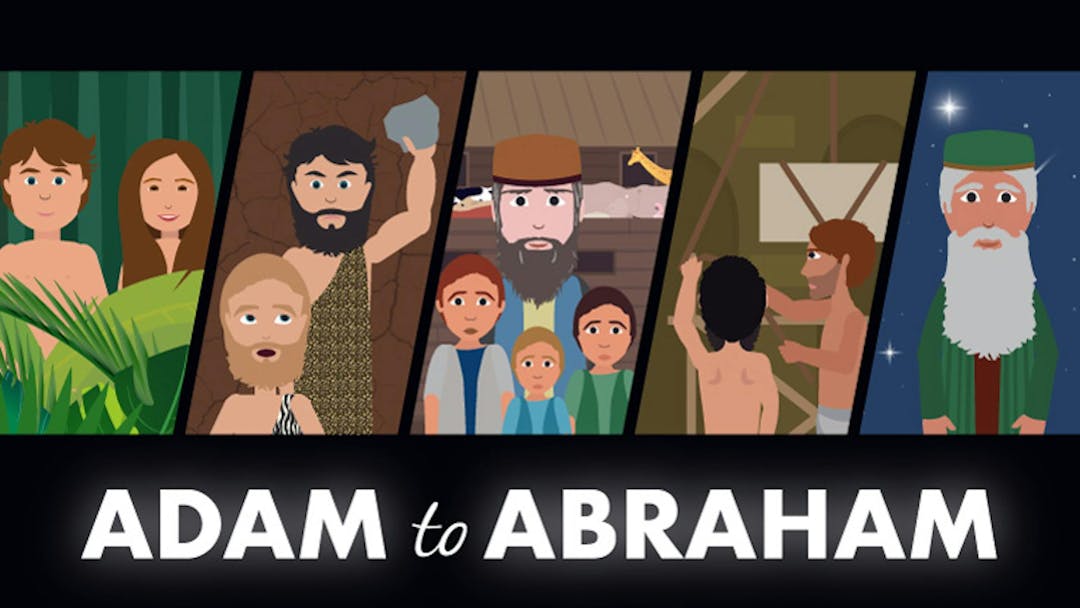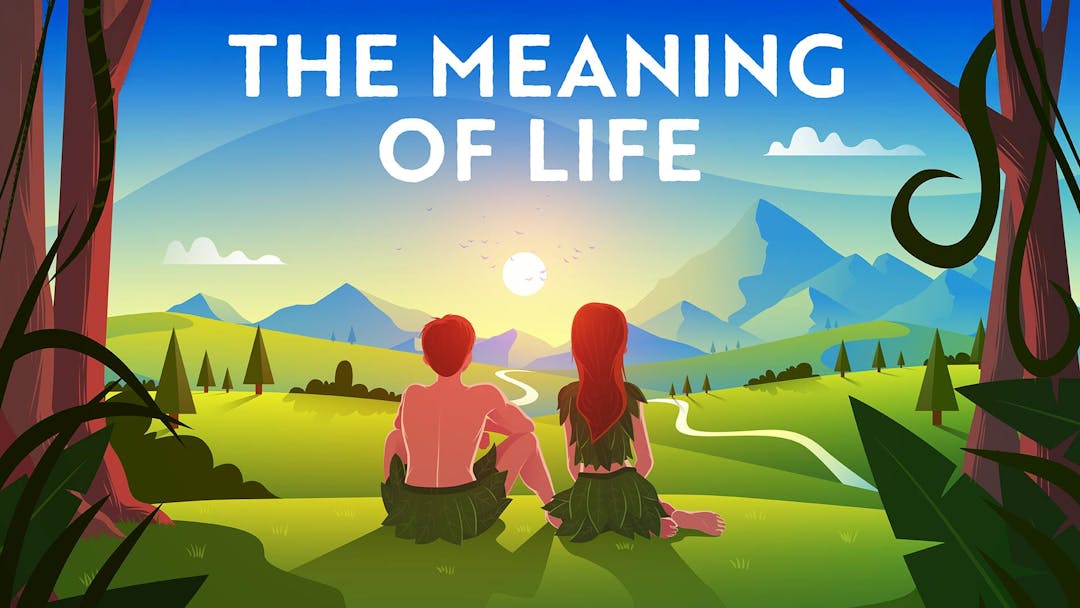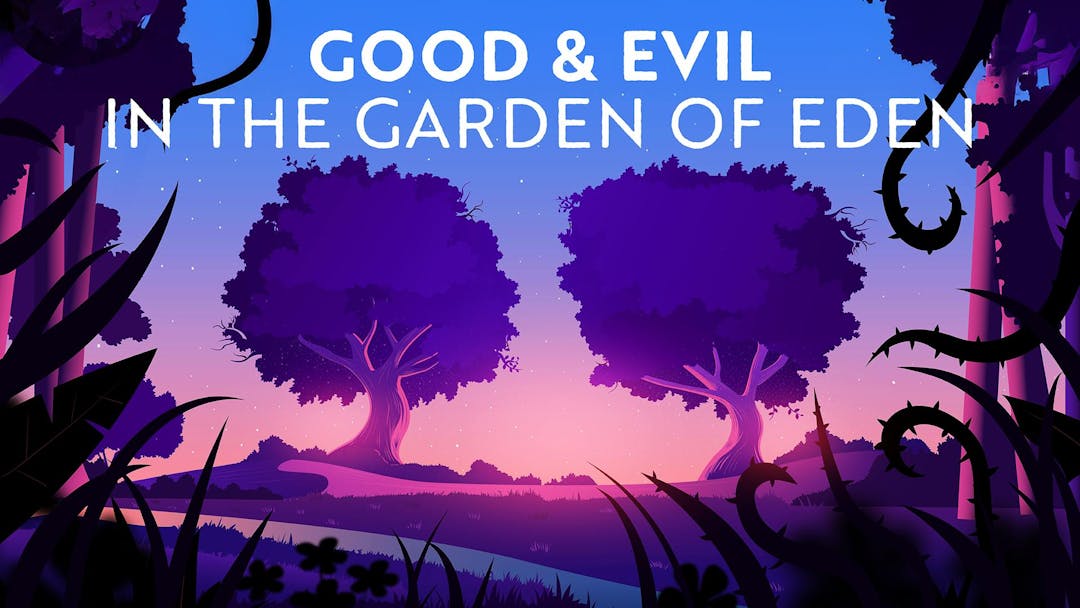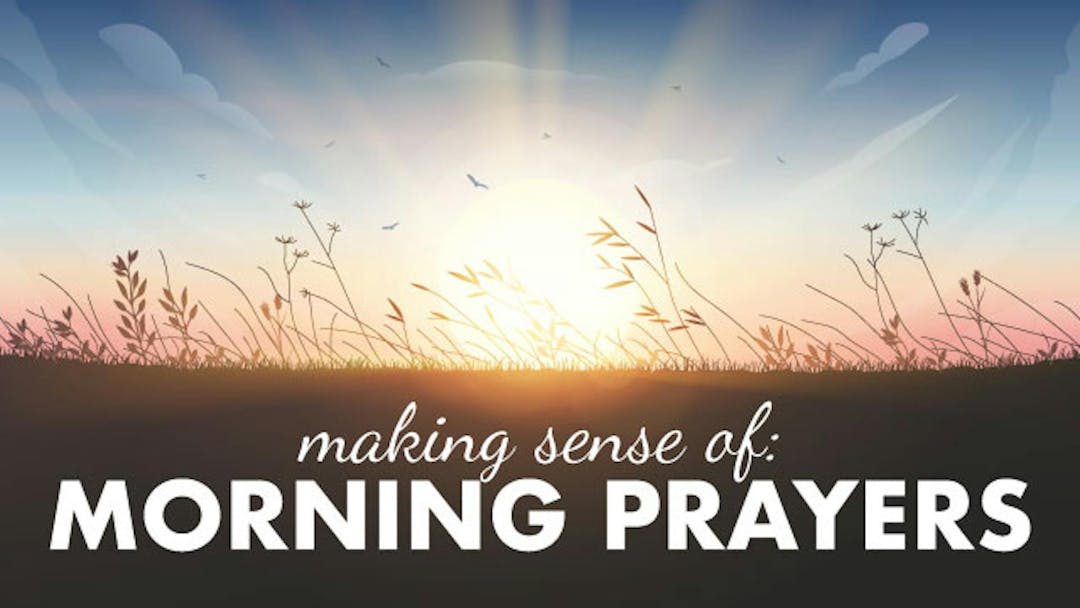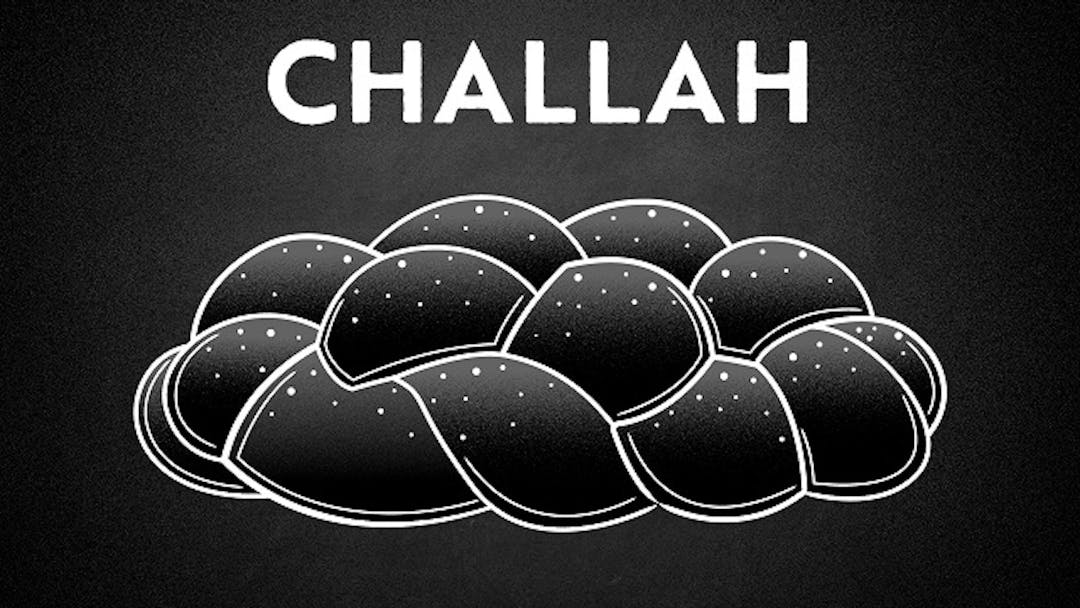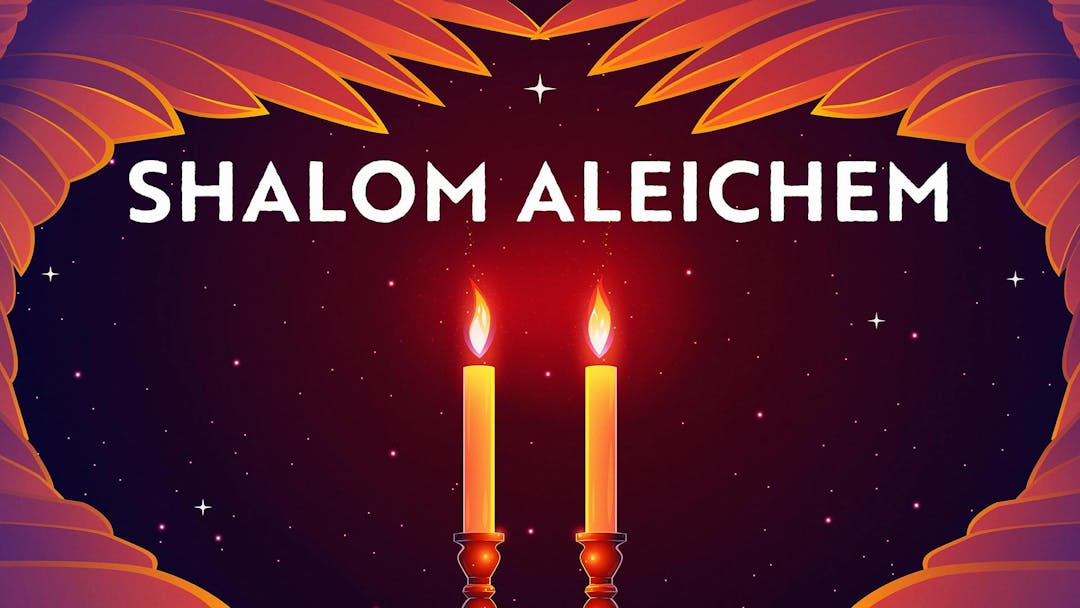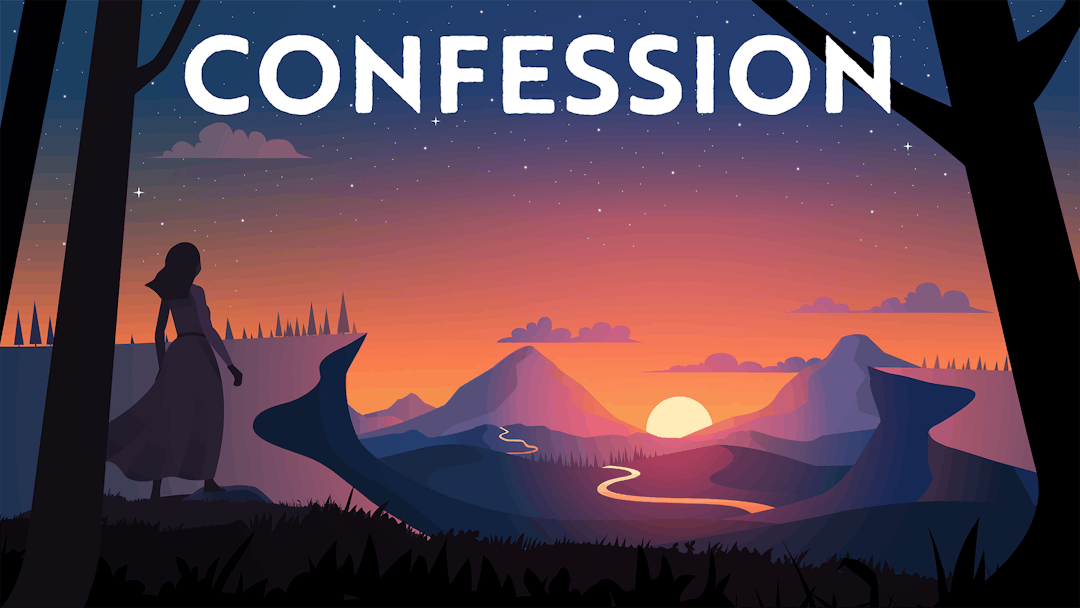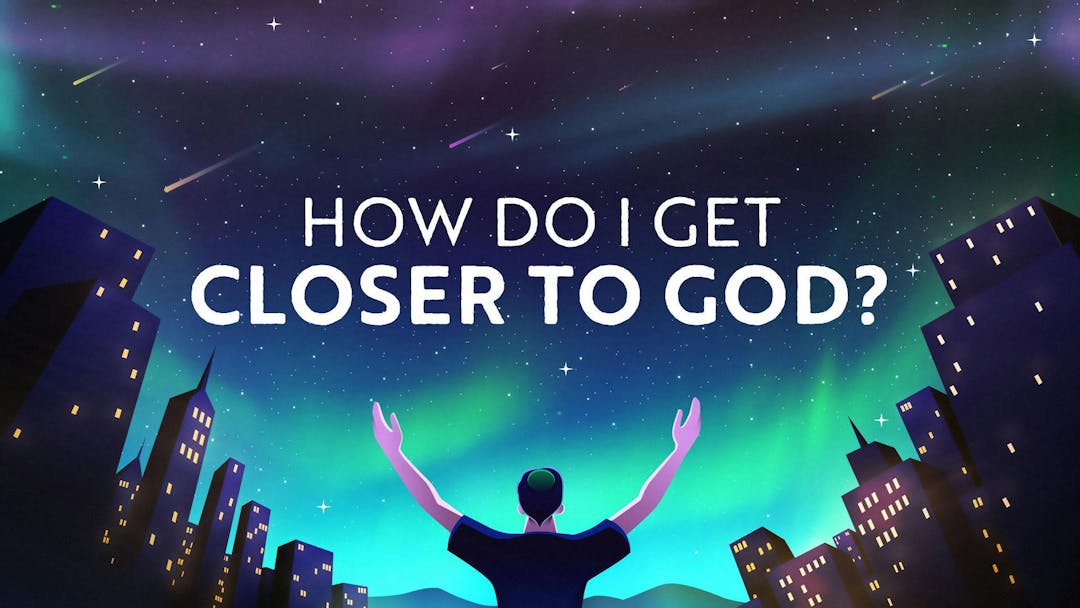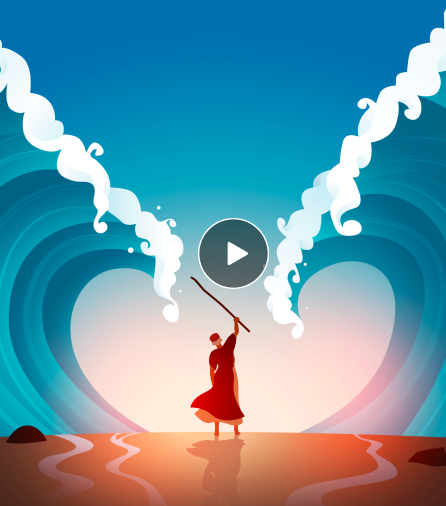Start your free trial today to unlock the full library and enjoy unlimited and uninterrupted access.
Get StartedCherubs' Secret: How to Read the Biblical Creation Story, Part 1 (Part 1 of 4)
The Cherubs' Secret: How To Read The Biblical Creation Story
This lecture, given on October 17, 2015, is the first of a series at the Young Israel of Woodmere about how to read the beginning of the story of creation and the first several chapters of Genesis.
Note: the first few minutes of this lecture were not recorded. This video begins a few minutes in, and you should be able to follow perfectly. Enjoy!
Want to watch the full video for free?
Enter your email and we’ll send you a link to watch the full series free.
What is Aleph Beta?
Aleph Beta is a unique kind of Torah library. Led by our founder, Rabbi David Fohrman, we are dedicated to high-level, textual Torah learning for adults that is intellectually and spiritually sophisticated, that enlivens your Jewish practice and helps you forge a deeper connection to God. Whether you’ve been learning in yeshiva for years or you’re just beginning your Torah journey, you’re sure to find something meaningful and surprising waiting for you here.
Browse our library of over 1,000 beautifully produced animated videos, podcasts, deep dive courses, and printable guides. Topics include the weekly parsha, Jewish holidays & fast days, laws & mitzvot, prayers, relationships, big philosophical ideas and more. Have something to say at the Shabbos table that will amaze your family and guests and bring deep meaning into their lives.
